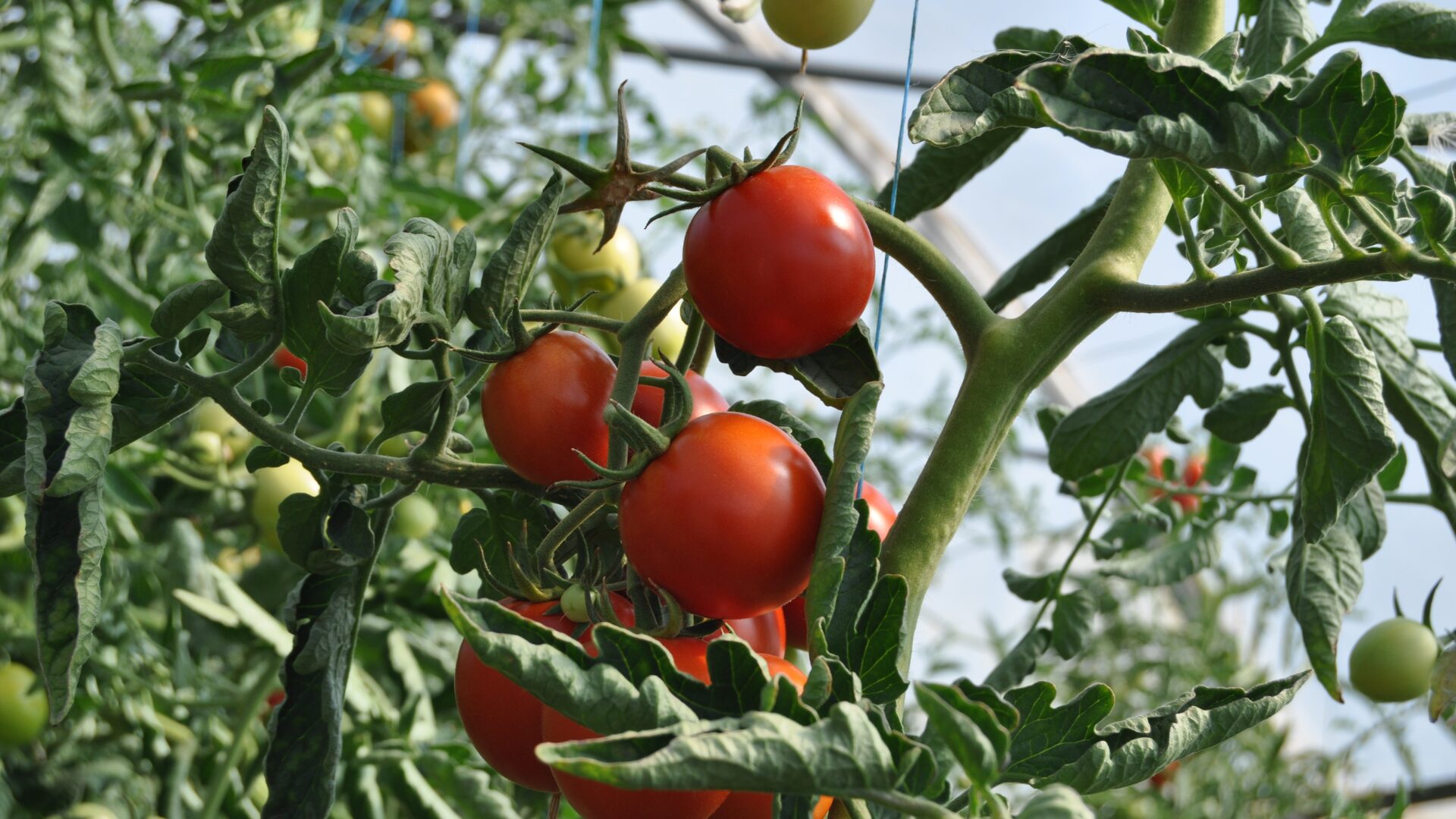Ripple effects from the coronavirus pandemic are putting pressure on farmers, according to the American Farm Bureau Federation (AFBF).
“After years of a down farm economy and damaging severe weather, the COVID-19 ripple effects are forcing farmers and ranchers to face heartbreaking financial realities,” said Zippy Duvall, president, AFBF.
In the past month, dairy prices dropped 26-36%, corn futures dropped 14%, soybean futures are down 8%, and hog futures are down 31%, reported Western Farm Press (April 3). Additionally, prices paid to cattle ranchers fell 25% despite rising demand in grocery stores.
Schools, restaurants, and universities that were among the main purchasers of milk and milk products were shuttered, leaving dairy farmers with more milk than plants are capable of processing. Duvall said he spoke with Walmart executives, who noted that restrictions in 1-2 gallons of milk per customer are no longer posted in their stores, and he encouraged other stores to follow suit.
“The consumer demand pales in comparison in the dramatic drop from schools and universities to redirect to grocery stores,” Duvall said. It is not expected for retail demand to make up for lost foodservice demand for dairy.
AFBF is urging USDA to make special direct payments to dairy and cotton producers, livestock farmers and cattle ranchers, among others, reported Reuters (April 3). The trade group also asked for emergency funding for ethanol plants, as well as the corn growers who can no longer sell their crops to them and the livestock producers who no longer have access to the facilities’ byproducts for feed.
AFBF requested that all sectors of U.S. agriculture benefit from the coronavirus stimulus bill passed in March, as well as that USDA “immediately make purchases of dairy products including but not limited to fluid milk, butter, cheeses, and dry milk powders,” to help offset the loss of foodservice and school meal programs.
The trade group also asked that USDA consider purchasing beef, pork, poultry, and aquaculture products for distribution in food and nutrition programs.
Meanwhile, the UN FAO reported world food prices declined sharply in March, driven mostly by demand-side contractions linked to the effects of the pandemic and the drop in global oil prices. The FAO Food Price Index, which tracks monthly changes in the international prices of commonly traded food commodities, averaged 172.2 points during the month, down 4.3% from February.
“The price drops are largely driven by demand factors, not supply, and the demand factors are influenced by ever-more deteriorating economic prospects,” said FAO senior economist Abdolreza Abbassian.
The FAO Sugar Price Index posted the biggest drop, down 19.1% from the previous month, due to lower demand from out-of-home consumption and ethanol producers.
The FAO Vegetable Oil Price Index declined 12% in one month, mainly stemming from falling palm oil prices linked to the plunge in crude mineral oil prices and rising uncertainties over the pandemic’s impact on vegetable oil markets worldwide.
“Oil prices have fallen by more than half during the past month, which catalyzes a large downward impact on biofuels, which are an important source of demand in the markets for sugar and vegetable oils,” said FAO analyst Peter Thoenes.
The FAO Dairy Price Index fell by 3%, while the FAO Cereal Price Index in March declined 1.9% from February and stood at nearly its level of March 2019.
Additionally, Brazil is likely to face a period of large swings in food prices driven by the coronavirus outbreak, according to an Agriculture Ministry official, reported Reuters (April 2). The government plans to defer debt payments and increase lending to producers of fruits, vegetables, milk, and other fresh products that are likely to be most affected.
He noted the market for grains is doing well so soybean and corn producers will not be targeted with the measures.









